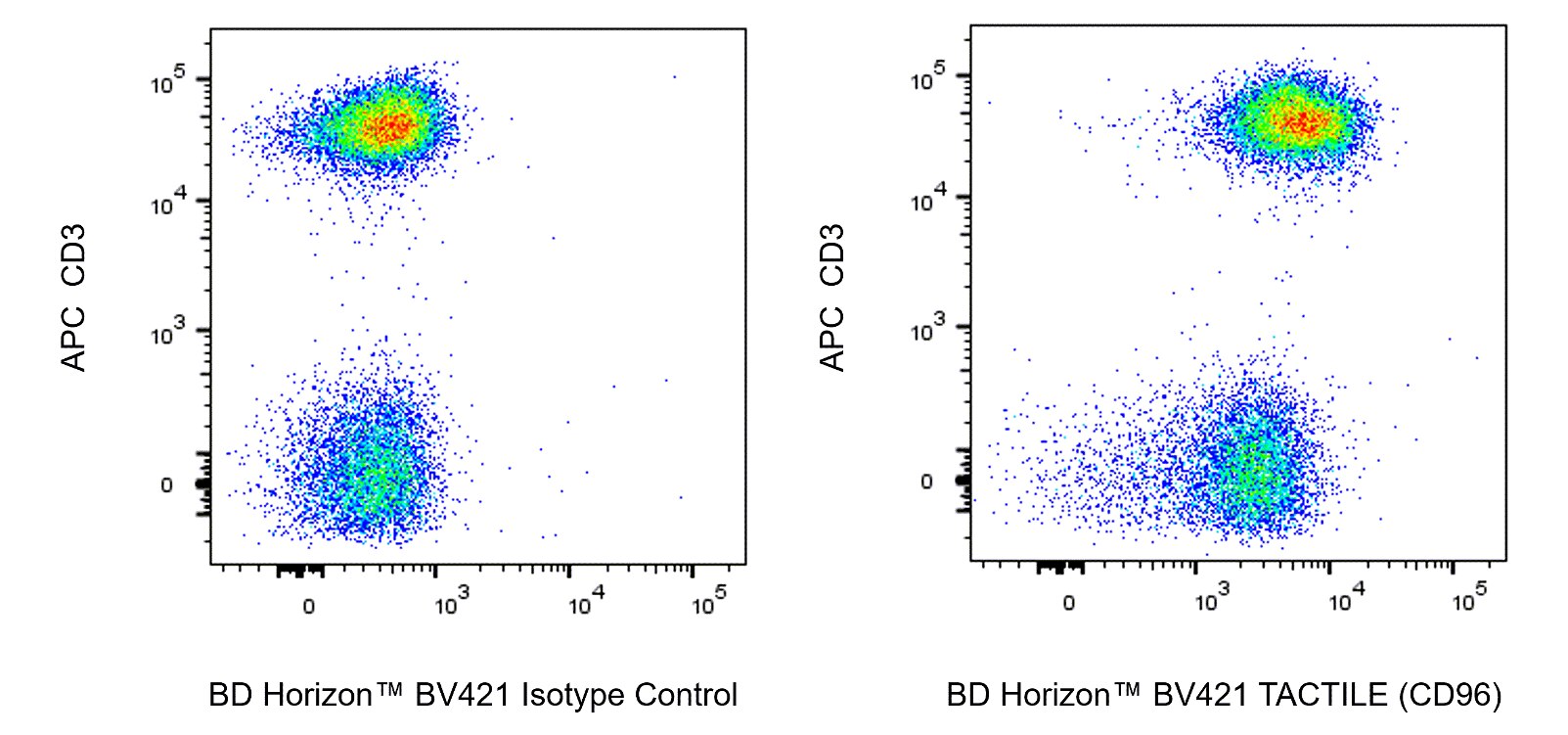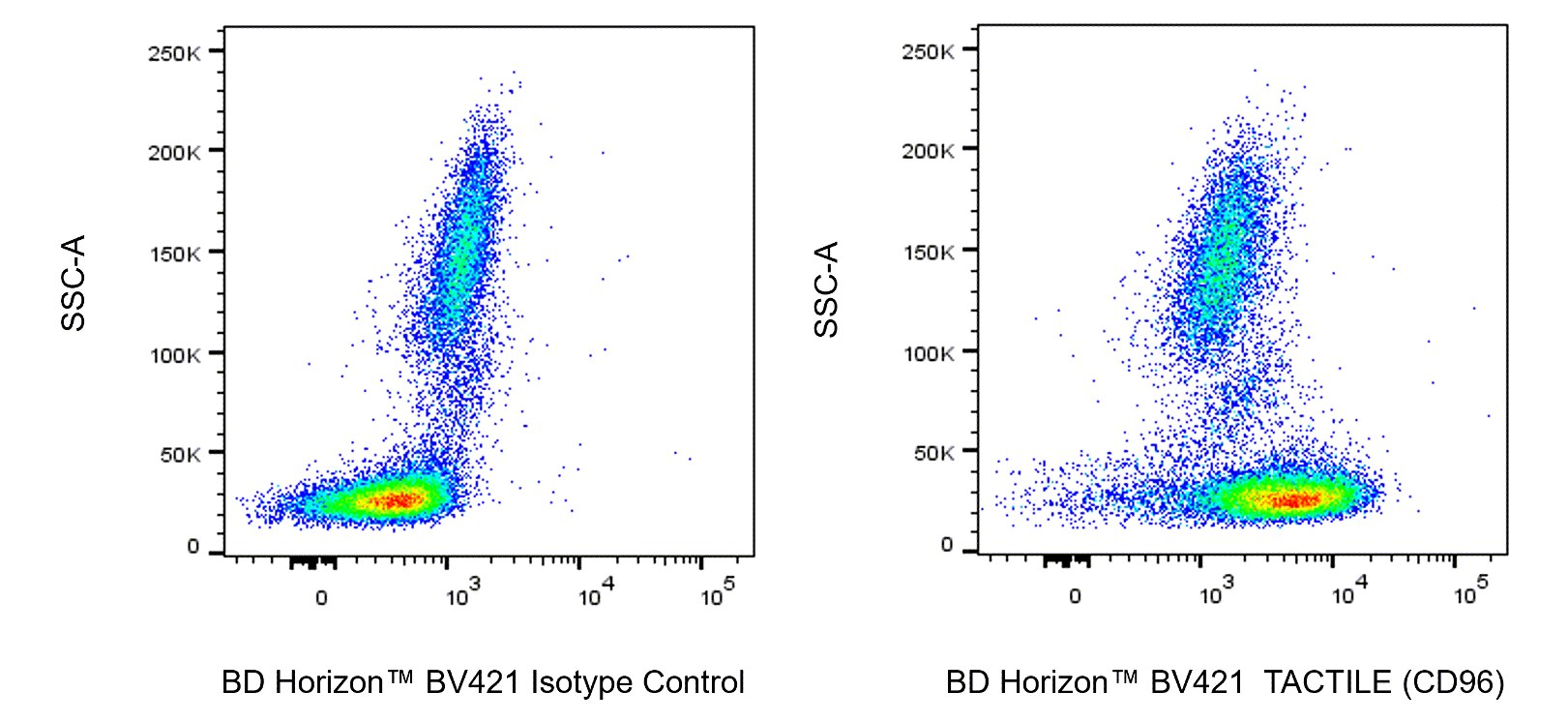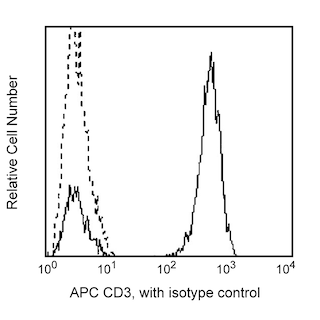-
抗体試薬
- フローサイトメトリー用試薬
-
ウェスタンブロッティング抗体試薬
- イムノアッセイ試薬
-
シングルセル試薬
- BD® AbSeq Assay
- BD Rhapsody™ Accessory Kits
- BD® OMICS-One Immune Profiler Protein Panel
- BD® Single-Cell Multiplexing Kit
- BD Rhapsody™ TCR/BCR Next Multiomic Assays
- BD Rhapsody™ Targeted mRNA Kits
- BD Rhapsody™ Whole Transcriptome Analysis (WTA) Amplification Kit
- BD® OMICS-Guard Sample Preservation Buffer
- BD Rhapsody™ ATAC-Seq Assays
- BD® OMICS-One Protein Panels
-
細胞機能評価のための試薬
-
顕微鏡・イメージング用試薬
-
細胞調製・分離試薬
-
- BD® AbSeq Assay
- BD Rhapsody™ Accessory Kits
- BD® OMICS-One Immune Profiler Protein Panel
- BD® Single-Cell Multiplexing Kit
- BD Rhapsody™ TCR/BCR Next Multiomic Assays
- BD Rhapsody™ Targeted mRNA Kits
- BD Rhapsody™ Whole Transcriptome Analysis (WTA) Amplification Kit
- BD® OMICS-Guard Sample Preservation Buffer
- BD Rhapsody™ ATAC-Seq Assays
- BD® OMICS-One Protein Panels
- Japan (Japanese)
-
Change country/language
Old Browser
Looks like you're visiting us from United States.
Would you like to stay on the current country site or be switched to your country?
BD Horizon™ BV421 Mouse Anti-Human TACTILE (CD96)
クローン NK92.39.rMAb (RUO)

Two-color flow cytometric analysis of TACTILE (CD96) expression on Human peripheral blood lymphocytes. The flow cytometric data from the same stained cells was reanalyzed to generate the bivariate pseudocolor density plot showing the correlated expression of TACTILE (CD96) [or Ig Isotype control staining] versus CD3 for gated events with the forward and side light-scatter characteristics of viable lymphocytes. Flow cytometry and data analysis were performed using a BD LSRFortessa™ X-20 Cell Analyzer System and FlowJo™ software.

Multiparameter flow cytometric analysis of TACTILE (CD96) expression on Human peripheral blood leucocytes. Human whole blood was stained with APC Mouse Anti-Human CD3 antibody (Cat No. 561811/555335/561810) and with either BD Horizon™ BV421 Mouse IgG1, κ Isotype Control (Cat No. 562438; Left Plot) or BD Horizon™ BV421 Mouse Anti-Human TACTILE (CD96) antibody (Cat No. 568858/568859; Right Plot). Erythrocytes were lysed with BD Pharm Lyse™ Lysing Buffer (Cat. No. 555899). The bivariate pseudocolor density plot showing the correlated expression of TACTILE (CD96) [or Ig Isotype control staining] versus side light-scatter (SSC-A) signals was derived from gated events with the forward and side light-scatter characteristics of viable leucocytes. Flow cytometry and data analysis were performed using a BD LSRFortessa™ X-20 Cell Analyzer System and FlowJo™ software.



Two-color flow cytometric analysis of TACTILE (CD96) expression on Human peripheral blood lymphocytes. The flow cytometric data from the same stained cells was reanalyzed to generate the bivariate pseudocolor density plot showing the correlated expression of TACTILE (CD96) [or Ig Isotype control staining] versus CD3 for gated events with the forward and side light-scatter characteristics of viable lymphocytes. Flow cytometry and data analysis were performed using a BD LSRFortessa™ X-20 Cell Analyzer System and FlowJo™ software.
Multiparameter flow cytometric analysis of TACTILE (CD96) expression on Human peripheral blood leucocytes. Human whole blood was stained with APC Mouse Anti-Human CD3 antibody (Cat No. 561811/555335/561810) and with either BD Horizon™ BV421 Mouse IgG1, κ Isotype Control (Cat No. 562438; Left Plot) or BD Horizon™ BV421 Mouse Anti-Human TACTILE (CD96) antibody (Cat No. 568858/568859; Right Plot). Erythrocytes were lysed with BD Pharm Lyse™ Lysing Buffer (Cat. No. 555899). The bivariate pseudocolor density plot showing the correlated expression of TACTILE (CD96) [or Ig Isotype control staining] versus side light-scatter (SSC-A) signals was derived from gated events with the forward and side light-scatter characteristics of viable leucocytes. Flow cytometry and data analysis were performed using a BD LSRFortessa™ X-20 Cell Analyzer System and FlowJo™ software.

Two-color flow cytometric analysis of TACTILE (CD96) expression on Human peripheral blood lymphocytes. The flow cytometric data from the same stained cells was reanalyzed to generate the bivariate pseudocolor density plot showing the correlated expression of TACTILE (CD96) [or Ig Isotype control staining] versus CD3 for gated events with the forward and side light-scatter characteristics of viable lymphocytes. Flow cytometry and data analysis were performed using a BD LSRFortessa™ X-20 Cell Analyzer System and FlowJo™ software.

Multiparameter flow cytometric analysis of TACTILE (CD96) expression on Human peripheral blood leucocytes. Human whole blood was stained with APC Mouse Anti-Human CD3 antibody (Cat No. 561811/555335/561810) and with either BD Horizon™ BV421 Mouse IgG1, κ Isotype Control (Cat No. 562438; Left Plot) or BD Horizon™ BV421 Mouse Anti-Human TACTILE (CD96) antibody (Cat No. 568858/568859; Right Plot). Erythrocytes were lysed with BD Pharm Lyse™ Lysing Buffer (Cat. No. 555899). The bivariate pseudocolor density plot showing the correlated expression of TACTILE (CD96) [or Ig Isotype control staining] versus side light-scatter (SSC-A) signals was derived from gated events with the forward and side light-scatter characteristics of viable leucocytes. Flow cytometry and data analysis were performed using a BD LSRFortessa™ X-20 Cell Analyzer System and FlowJo™ software.


BD Horizon™ BV421 Mouse Anti-Human TACTILE (CD96)

BD Horizon™ BV421 Mouse Anti-Human TACTILE (CD96)

Regulatory Statusの凡例
Any use of products other than the permitted use without the express written authorization of Becton, Dickinson and Company is strictly prohibited.
Preparation and Storage
推奨アッセイ手順
BD® CompBeads can be used as surrogates to assess fluorescence spillover (compensation). When fluorochrome conjugated antibodies are bound to BD® CompBeads, they have spectral properties very similar to cells. However, for some fluorochromes there can be small differences in spectral emissions compared to cells, resulting in spillover values that differ when compared to biological controls. It is strongly recommended that when using a reagent for the first time, users compare the spillover on cells and BD® CompBeads to ensure that BD® CompBeads are appropriate for your specific cellular application.
For optimal and reproducible results, BD Horizon Brilliant Stain Buffer should be used anytime BD Horizon Brilliant dyes are used in a multicolor flow cytometry panel. Fluorescent dye interactions may cause staining artifacts which may affect data interpretation. The BD Horizon Brilliant Stain Buffer was designed to minimize these interactions. When BD Horizon Brilliant Stain Buffer is used in in the multicolor panel, it should also be used in the corresponding compensation controls for all dyes to achieve the most accurate compensation. For the most accurate compensation, compensation controls created with either cells or beads should be exposed to BD Horizon Brilliant Stain Buffer for the same length of time as the corresponding multicolor panel. More information can be found in the Technical Data Sheet of the BD Horizon Brilliant Stain Buffer (Cat. No. 563794/566349) or the BD Horizon Brilliant Stain Buffer Plus (Cat. No. 566385).
Product Notices
- Please refer to www.bdbiosciences.com/us/s/resources for technical protocols.
- This reagent has been pre-diluted for use at the recommended Volume per Test. We typically use 1 × 10^6 cells in a 100-µl experimental sample (a test).
- An isotype control should be used at the same concentration as the antibody of interest.
- Caution: Sodium azide yields highly toxic hydrazoic acid under acidic conditions. Dilute azide compounds in running water before discarding to avoid accumulation of potentially explosive deposits in plumbing.
- For fluorochrome spectra and suitable instrument settings, please refer to our Multicolor Flow Cytometry web page at www.bdbiosciences.com/colors.
- BD Horizon Brilliant Violet 421 is covered by one or more of the following US patents: 8,158,444; 8,362,193; 8,575,303; 8,354,239.
- BD Horizon Brilliant Stain Buffer is covered by one or more of the following US patents: 8,110,673; 8,158,444; 8,575,303; 8,354,239.
- Human donor specific background has been observed in relation to the presence of anti-polyethylene glycol (PEG) antibodies, developed as a result of certain vaccines containing PEG, including some COVID-19 vaccines. We recommend use of BD Horizon Brilliant™ Stain Buffer in your experiments to help mitigate potential background. For more information visit https://www.bdbiosciences.com/en-us/support/product-notices.
- Please refer to http://regdocs.bd.com to access safety data sheets (SDS).
関連製品






The NK92.39.rMAb monoclonal antibody specifically recognizes human CD96 which is also known as TACTILE (T cell activation increased late expression). CD96 is a type I membrane glycoprotein comprised of three N-terminal Ig-like extracellular domains followed by one mucin-like domain, a transmembrane region, and a cytoplasmic tail with one basic/proline rich motif, a single ITIM motif, and an YXXM motif which is also present in ICOS and CD28. CD96 is expressed at low levels on resting natural killer (NK) cells and T cells and at high levels on activated NK and T cells. CD96 is also expressed at low levels on some B cells and on some T-cell leukemia and acute myeloid leukemia cells. CD96 plays a role in the adhesive interactions of activated NK and T cells with target cells during immune responses. CD96 binds to the poliovirus receptor (CD155) that is highly expressed on some tumor cells. CD155-mediated ligation of CD96 can activate NK cell-mediated cytotoxicity.

Development References (3)
-
El-Sherbiny YM, Meade JL, Holmes TD, et al. The requirement for DNAM-1, NKG2D, and NKp46 in the natural killer cell-mediated killing of myeloma cells.. Cancer Res. 2007; 67(18):8444-9. (Clone-specific). View Reference
-
Fuchs A, Cella M, Giurisato E, Shaw AS, Colonna M. Cutting edge: CD96 (tactile) promotes NK cell-target cell adhesion by interacting with the poliovirus receptor (CD155).. J Immunol. 2004; 172(7):3994-8. (Immunogen). View Reference
-
Toutirais O, Cabillic F, Le Friec G, et al. DNAX accessory molecule-1 (CD226) promotes human hepatocellular carcinoma cell lysis by Vgamma9Vdelta2 T cells.. Eur J Immunol. 2009; 39(5):1361-8. (Clone-specific). View Reference
Please refer to Support Documents for Quality Certificates
Global - Refer to manufacturer's instructions for use and related User Manuals and Technical data sheets before using this products as described
Comparisons, where applicable, are made against older BD Technology, manual methods or are general performance claims. Comparisons are not made against non-BD technologies, unless otherwise noted.
For Research Use Only. Not for use in diagnostic or therapeutic procedures.